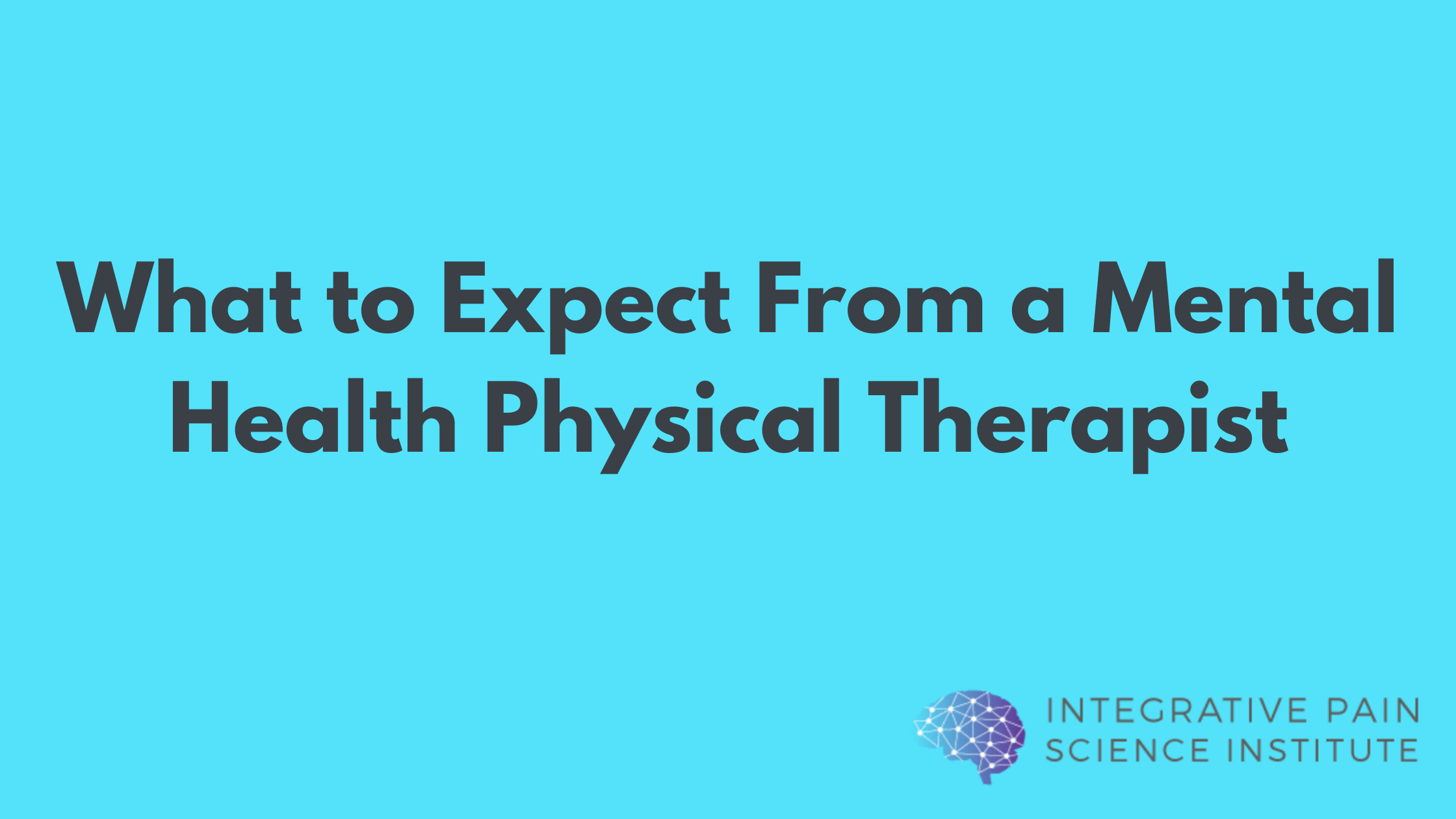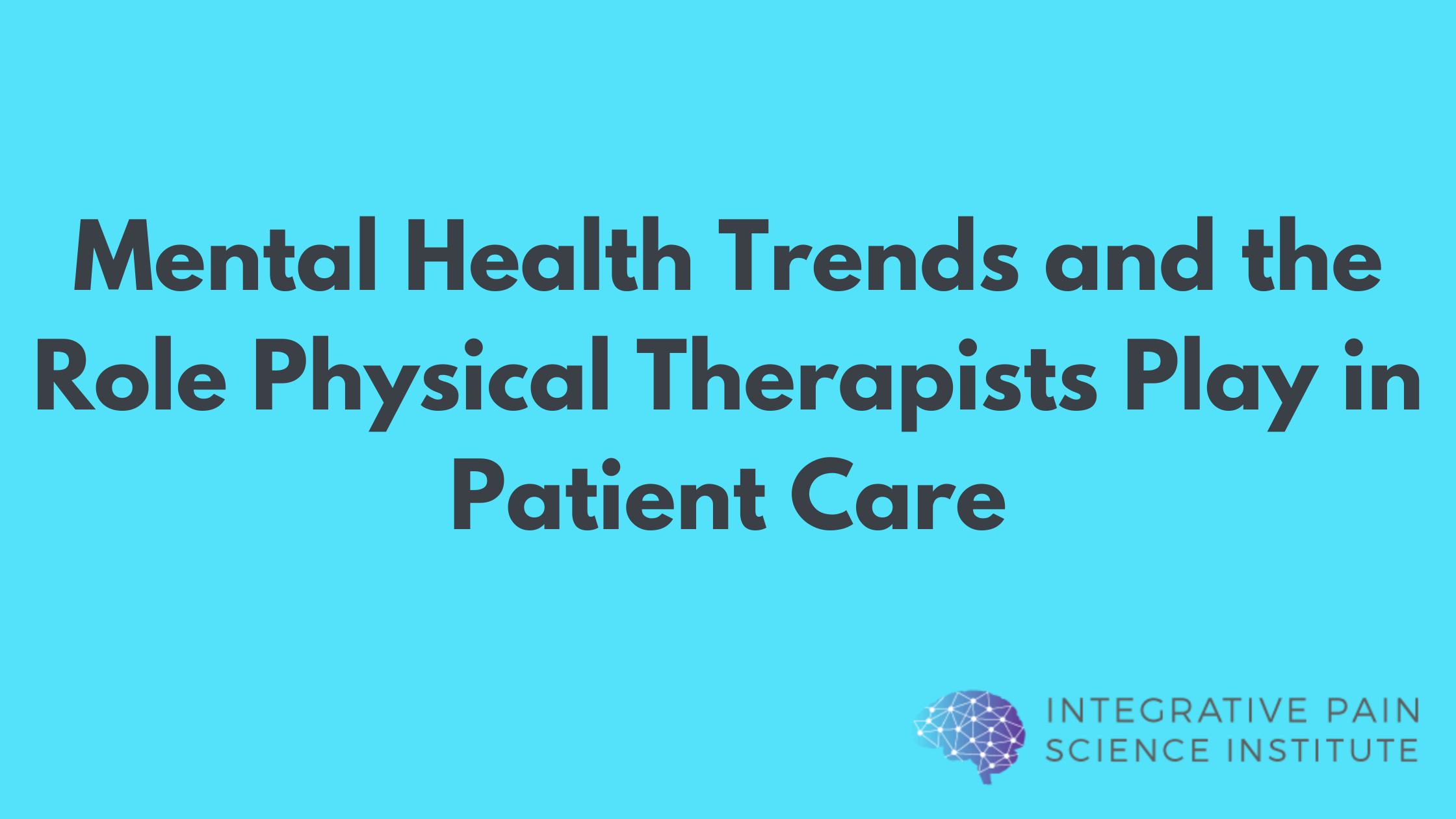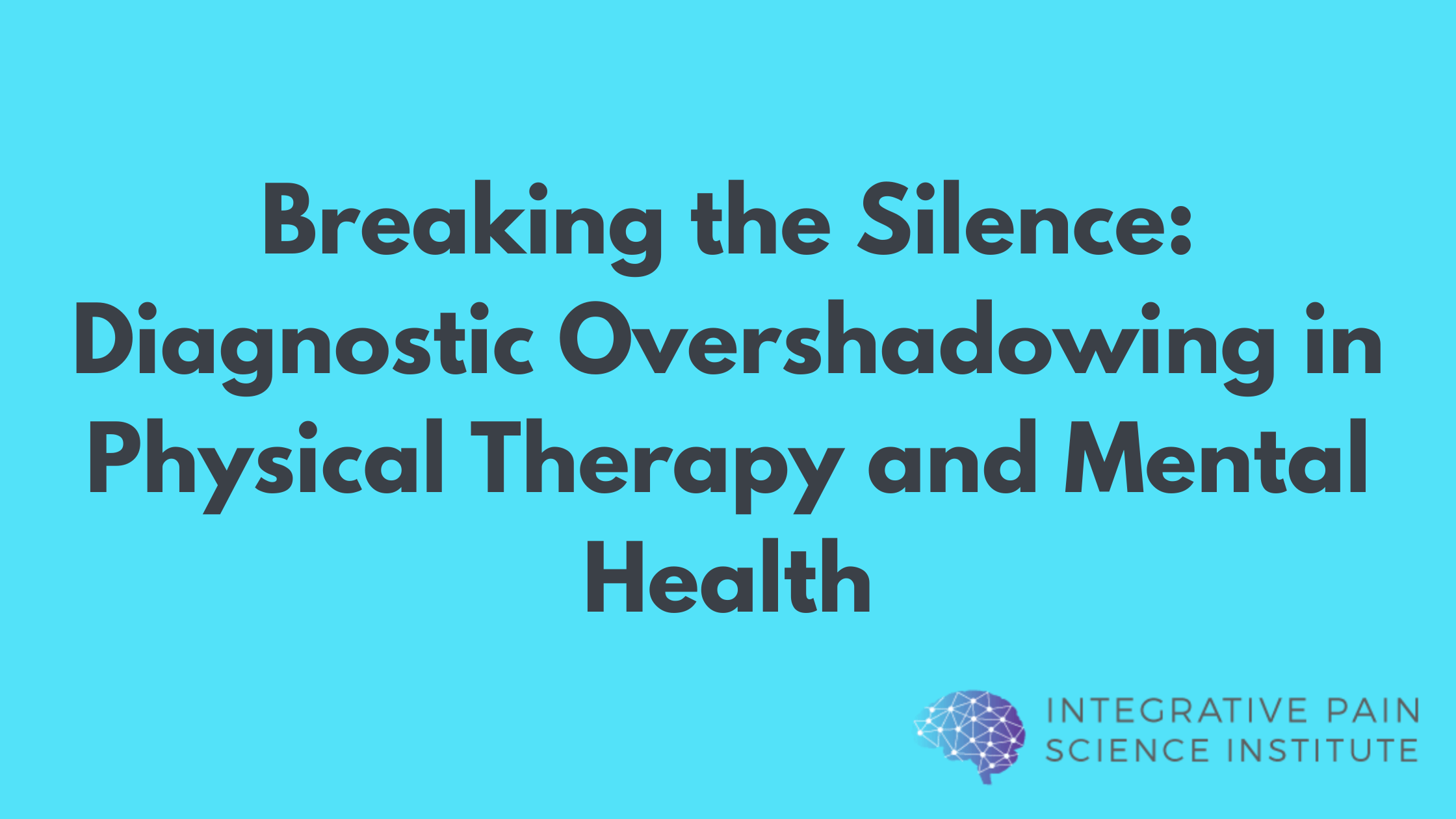Are you tired of being unable to enjoy a meal with friends or family due to fear of the unpleasant series of intestinal pain or joint pain that may occur afterward? If so, you are not alone. You are one of 21 million Americans, including some of the top celebrities such as actresses Mariel Hemingway and Dana Delaney, NFL quarterback Drew Brees, and country music star Josh Turner, who may be suffering from either celiac disease or nonceliac gluten sensitivity (1). Fortunately, like the celebrities mentioned before, you can overcome the pain that comes from gluten by making a few changes to your lifestyle.
How to Break Free From the Shackles of Gluten
There are 5 things that you must know to begin your journey through life without gluten.
- What is gluten and where is it found?
- What effects does gluten have on the body?
- Do you have celiac disease, an allergy, or a sensitivity?
- How to remove and substitute gluten out of your diet.
- How to recover from gluten damage.
What is Gluten?

Gluten is a term used to describe a group of proteins found in certain grains. Due to its natural ability to create a pasty consistency when mixed with water, gluten is what allows many foods such as breads to hold together and rise to give the pleasing consistency many people seek. The main reason why so many foods contain gluten is because of this special property it possesses. When someone says gluten, typically the first thing to pop into people’s minds is wheat. While wheat is one of the most prevalent sources of gluten, it is also found in various other products.
Most Common Grains Containing Gluten:
- Wheat
- Barley
- Rye
- Graham flour
- Contaminated oats
- Wheat Germ
- Couscous
- Spelt
- Kamut
- Bulgur
- Semolina
Most Common Gluten-Free Grains:
- Uncontaminated, pure oats
- Wild rice
- Quinoa
- Buckwheat
- Millet
- Amaranth
Undercover Gluten Ingredients:
- Dextrin
- Maltodextrin
- Grain extract
- Caramel Color
- Modified Food Starch
- Natural Flavoring
Moral of the story, if it’s processed and packaged, you can almost count on it containing gluten.
Gluten is not limited to only being present in food. Many products in the cosmetic industry also contain gluten. Although it is quite difficult for gluten to be absorbed through the skin, it is possible for it to be accidentally ingested especially if present in lipstick or chapstick. This may seem a bit overwhelming, but there are a plethora of cosmetic products out there that are 100% gluten-free.
Cosmetic Gluten Ingredients:
- Avena Sativa is derived from oatmeal and could possibly be contaminated.
- Vitamin E is derived from wheat on some occasions.
- Triticum Volgare is derived from wheat.
- Hordeum Volgare is derived from barley.
Effects of Gluten on the Body
Because of the body’s inability to process gluten, it can potentially cause many problems not only to your digestive system, but also your brain and entire body. (2) The gut is responsible for making sure that the rest of the body receives the nutrients it needs in order to repair and grow, but if gluten is continually weakening the gut (intestinal permeability), it will make it hard for the rest of the body to heal. This can lead to various systemic diseases such as diabetes, anemia, obesity, chronic pain, autoimmune disease and neurological disorders due to the continuous destruction that is initiated by the consumption of gluten (3).
The Gluten-Zonulin Relationship
One of the gluten proteins called gliadin is the main problem starter when it comes to wreaking havoc on the body. When consumed, gliadin triggers the release of another protein called zonulin. Zonulin is responsible for managing how tightly packed the cells of the digestive tract are allowing certain molecules passage in between the cells into the bloodstream for usage throughout the body (4). However, if zonulin is released in quantities that are too large or is released for an extended period of time, it can allow some larger molecules into the bloodstream that are not supposed to be there. This causes the immune system to take matters into its own hands to pick up the slack of the permeability of the intestinal lining. It attacks the large molecules and microbes that are flowing into the bloodstream due to the “leaky gut.”
Leaky-Gut Symptoms
This immune response is what causes many of the symptoms associated with gluten intolerance. Symptoms vary from person to person and fluctuate depending on the severity of an individual’s leaky gut. The alarming thing about gluten intolerance is that it can go unnoticed for quite sometime before it begins to get out of hand.
- Bloating (Gas)
- Diarrhea (Body is trying to flush gluten out of system)
- Constipation
- Abnormal smelling stool
- Abdominal Cramping
- Headaches (Migraines)
- Lethargy (Overall weakness)
- Skin rashes (psoriasis or acne)
- Brain Fog (ADD/ADHD)
- Depression
- Anxiety
- Sudden weight gain
- Joint and muscle pain (Fibromyalgia, Arthritis, Bone weakness)
- Numbness of Limbs (Neuropathy, Brain, and nerve damage)
Many of these symptoms are treated by doctors today with medications that ironically also contain gluten. A health problem such as a leaky gut only snowballs into creating more health issues in the future. For instance, with a chronic leaky gut, it makes it hard to absorb any of the vital nutrients for rebuilding tissue in the body (5). If the gut lining continues to break down at a rate that is much faster than it can put itself back together, this is where chronic inflammation enters the scene. Inflammation is present in order to try to rebuild the damage, it is not the one causing the damage. There are a plethora of diseases associated with chronic inflammation, and a majority of the time, the presence of these diseases can be faded just by understanding that gluten is the root cause (6). Unfortunately, many doctors do not take into account that gluten is the link to the beginning of many autoimmune and chronic diseases.
Where Do You Stand With Gluten?
There are three different kinds of relationships you can have with gluten. You can be allergic to it, intolerant of it, or have celiac disease (7). Although these three situations have similar symptoms, the symptoms of one may be more or less severe than the symptoms of another.
Gluten Allergy
You would know without a doubt if you were allergic to gluten. Because allergic reactions typically occur within minutes of exposure to certain proteins on foods, it is easy to put the pieces of the puzzle together and see what caused the reaction. Allergic reactions are typically emergencies that could potentially be life-threatening.
Gluten Intolerance and Sensitivity

If you have gluten intolerance or gluten sensitivity, then you feel the side effects associated with gluten more gradually. It could be thirty minutes, an hour, or longer before the symptoms begin to set in, and it is typically more difficult to determine what the direct cause of these symptoms are at first. Much of the world’s population has an undiagnosed sensitivity to gluten that gradually worsens as they consume increasing amounts. It is possible for anyone to develop an intolerance to gluten with continuous exposure due to the damage that it does to the gut. The symptoms of gluten intolerance are sometimes hard to detect until suddenly the snowball grows large enough to come into full manifestation.
Celiac Disease
Around 3 million people in America have been diagnosed with celiac disease. Celiac disease may not be life-threatening at first, but the symptoms associated with it are miserable. People who are diagnosed with celiac disease are genetically predisposed to having autoimmune attacks when exposed to gluten. In fact, it only takes a small amount of gluten for you to have an extreme attack of irritable bowel syndrome, rash, headache, or all the above if you have celiac disease. The only way to keep celiac disease from ruling your life is by completely eliminating all products that contain gluten.
How to Make the Gluten-Free Transition
I know what you may be thinking, if gluten is in practically everything, then what am I supposed to eat? Believe it or not, there are many practical solutions available that do not contain gluten, taste better than gluten-containing foods, and are actually foods that you should be eating plenty of anyways. Most organic fruits and vegetables along with grass-fed and cage-free meats are gluten-free and full of the nutrients necessary for a healthy and balanced diet. If you want to better manage what ingredients are being used in your food, it is best to prepare it yourself. Preparing your own meals is not as time-consuming or difficult as you may think. If you plan your meals out ahead of time and find foods that require little to no cooking, you will find that you will enjoy your healthy meals without any hassle.
Gluten-Free Flours
Using these flours in the place of regular wheat flour does give the foods you bake a different consistency and flavor, but you will find that your food will taste more rich and flavorful than ever before. It is also easy to make these flours yourself by putting whichever ingredient you want to use into a coffee grinder. The most common foods to make these flours include:
- Coconut flour
- Almond Flour
- Chia Flour
- Chickpea Flour
- Quinoa Flour
- Uncontaminated Oat Flour
- Sweet Potato Flour
- Rice Flour
Gluten-Free Condiments and Seasonings
These seasonings will save you the added unhealthy fats, chemicals, and possible gluten present in mayonnaise and other condiments:
- Sea Salt
- High-quality pepper
- Sage
- Oregano
- Garlic
- Rosemary
- Parsley
Gluten-Free Pasta
If you are a pasta fanatic, you will never want to go back to eating noodles out of the box again. These noodles will change your life because of how much better they are for you than regular wheat noodles. They also have a much richer and flavorful taste making them easy for the family to adapt to. Because of the variety of vegetables that can be used to create these noodles, they are a great way to get those extra servings of vegetables you need as well as the vitamins and fiber to aid in digestion. It is impossible to get tired of these noodles, and they are quite simple to make. Some of the most common vegetables used to create these delicious pasta cuisines include:
- Spaghetti Squash
- Zucchini
- Broccoli Stems
- Carrots
- Sweet Potatoes
- Eggplant
- Butternut Squash
- Brown Rice
Gluten-Free on the Go
If you are on the road often or enjoy eating out at restaurants with friends and family, it is very important that you strategize a plan for making the best decision for your health. Look at the menus of some of your favorite restaurants and find foods on them that are gluten-free. Some restaurants are now offering gluten-free sections on their menus making it easier for you to find what you can eat. Ask the waiter or waitress what ingredients are used before you order. Always try to be the one who picks where to go if you can help it, and if you are invited to go over to someone’s house for dinner, ask if you can bring one of your own signature gluten-free dishes. By standing up for your health, you may be able to have an influence on those who are dear to you and help them begin living a life free of pain from gluten.
Road to Gluten Recovery
It takes time to completely repair the damage that gluten may have already done to your gut, but you will quickly begin to feel more vibrant as soon as you eliminate gluten. Once you have replaced the gluten-rich foods in your diet, there are several other methods you can incorporate to promote healing in your gut and the rest of your body.
Rebuilding the Microbiome
There are 39 trillion bacteria cells that are living in and on your body (8). There is a certain balance that needs to be maintained among certain species of bacteria for optimum digestive and immune health. The best way to obtain this balance among the bugs living inside of you is through consuming fermented foods, foods high in inulin fiber, probiotic supplements, and prebiotic supplements.
Fermented foods such as sauerkraut, kimchi, and kefir are excellent for obtaining a hefty amount of probiotics. In order for the probiotics to grow and multiply, prebiotics must be present for them to use as fuel. Chicory root, beets, asparagus, onion, and garlic are all excellent prebiotics that are not only great for your health but tasty too. Be sure to do your research before selecting a probiotic supplement. Some of the cheaper brands typically are not as effective as some of the more high-quality brands. The main characteristics of a good probiotic supplement include it containing at least five billion live bacteria that consists of seven different strains. If you get one with anything less, you may be flushing your money down the toilet rather than investing in your health.
Remove Stress to Digest
The mind is where most disease begins, and it is important to always be aware of your mental state (9). If you are constantly anxious, sleep deprived, or worried, you may be making it difficult for your gut to digest food. Stress puts your body into its fight-or-flight state causing blood flow to be more concentrated in your arms and legs than your gut (10). Because your body is less concerned about helping you prepare for or digest a meal than it is about fighting or running away from whatever it may be that has put you in this stressed state, your gut is not going to have the blood flow necessary for proper movement and absorption of nutrients. This is why it is important to have a routine that helps you clear your mind of those stressors in this world and focus on your state of well-being instead. Meditation, positive-affirmations, enjoying nature, and spending time with family and friends are all great ways to manage your stress to promote healing, digesting, and rebuilding of your tissues.
Enjoying Your Freedom From Gluten
There will be no better feeling in the world than knowing that you have taken back control of your health. No more dreadful experiences in the bathroom, embarrassing rashes, or chronic pain surging throughout the body will torment you anymore now that you have the knowledge necessary to aid you in your journey to living a gluten-free life. Although it may seem like a large task at hand, with a little creativity and much discipline, you will be on your way to enjoying your new healthy body. It doesn’t have to be a chore to live healthily, and it certainly is more convenient than frequent trips to the bathroom or to the doctor’s office. A good rule of thumb is to be gluten-free for 80% of your meals and allow for a little enjoyment of some foods that may not be gluten-free for the other 20%. However, you may decide that you enjoy the benefits of being 100% gluten-free too much for relapse, and rarely, if ever, indulge in any other foods. Now you can have the confidence to enjoy your life free from the bondage of your gluten-filled diet and full of the benefits of living gluten-free.



